 Seeds and Germination
Seeds and Germination
 Grow Setup
Grow Setup
 Seedling Stage
Seedling Stage
 Vegetative Growth
Vegetative Growth
 Pre-flowering
Pre-flowering
 Flowering
Flowering
 Ripening
Ripening
 Harvesting
Harvesting
 Drying
Drying
 Curing
Curing
 Troubleshooting
Troubleshooting
 Training Techniques
Training Techniques
Troubleshooting Cannabis Growing
 15 Minute Read
15 Minute Read
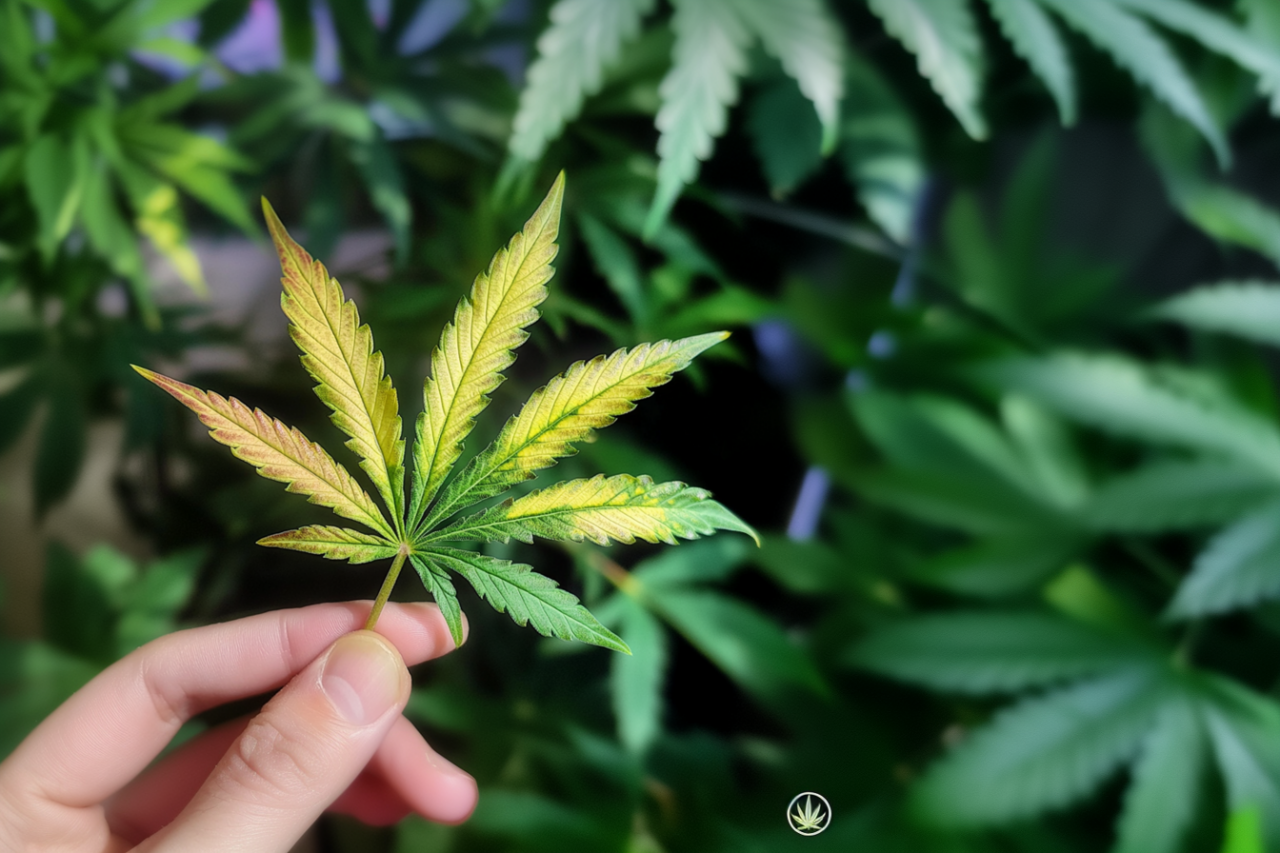
PUBLISHED: August 9, 2024
Growing cannabis is both an art and a science. While it can be immensely rewarding, it is also fraught with challenges. From nutrient deficiencies to environmental stressors and pests, there are many issues that can arise throughout the growth cycle. Identifying and solving these problems early can make the difference between a successful grow and a disappointing harvest.
This comprehensive guide will help you troubleshoot common cannabis growing problems, diagnose symptoms, and implement effective solutions. Whether you’re a beginner or an experienced grower, this guide provides the tools you need to ensure a healthy, vibrant cannabis garden.
Understanding Cannabis Growth Stages
To effectively troubleshoot cannabis problems, it’s important to understand the various stages of growth. Each phase presents unique challenges, and being aware of these can help you spot issues early on.
- Germination: This is the first stage, where the seeds sprout and begin to develop roots and a seedling. Issues during this stage are often related to improper moisture levels, poor-quality seeds, or incorrect temperatures.
- Seedling: The seedling stage is delicate, and problems such as overwatering, poor light exposure, and nutrient imbalances can stunt growth.
- Vegetative: During the vegetative stage, plants grow rapidly. Key issues include nutrient deficiencies, pests, and poor environmental conditions.
- Flowering: In the flowering stage, plants focus their energy on producing buds. Pests, mold, and nutrient deficiencies can compromise your final yield.
- Harvest: Once the plants are ready to be harvested, improper drying and curing techniques can reduce the quality of your buds.
Common Cannabis Growing Problems
Let’s break down some of the most common problems cannabis growers face and how to address them.
Nutrient Deficiencies
Nutrient deficiencies are one of the most frequent issues growers encounter. If your plants aren’t receiving the correct balance of nutrients, you’ll notice discoloration, poor growth, and reduced yields.
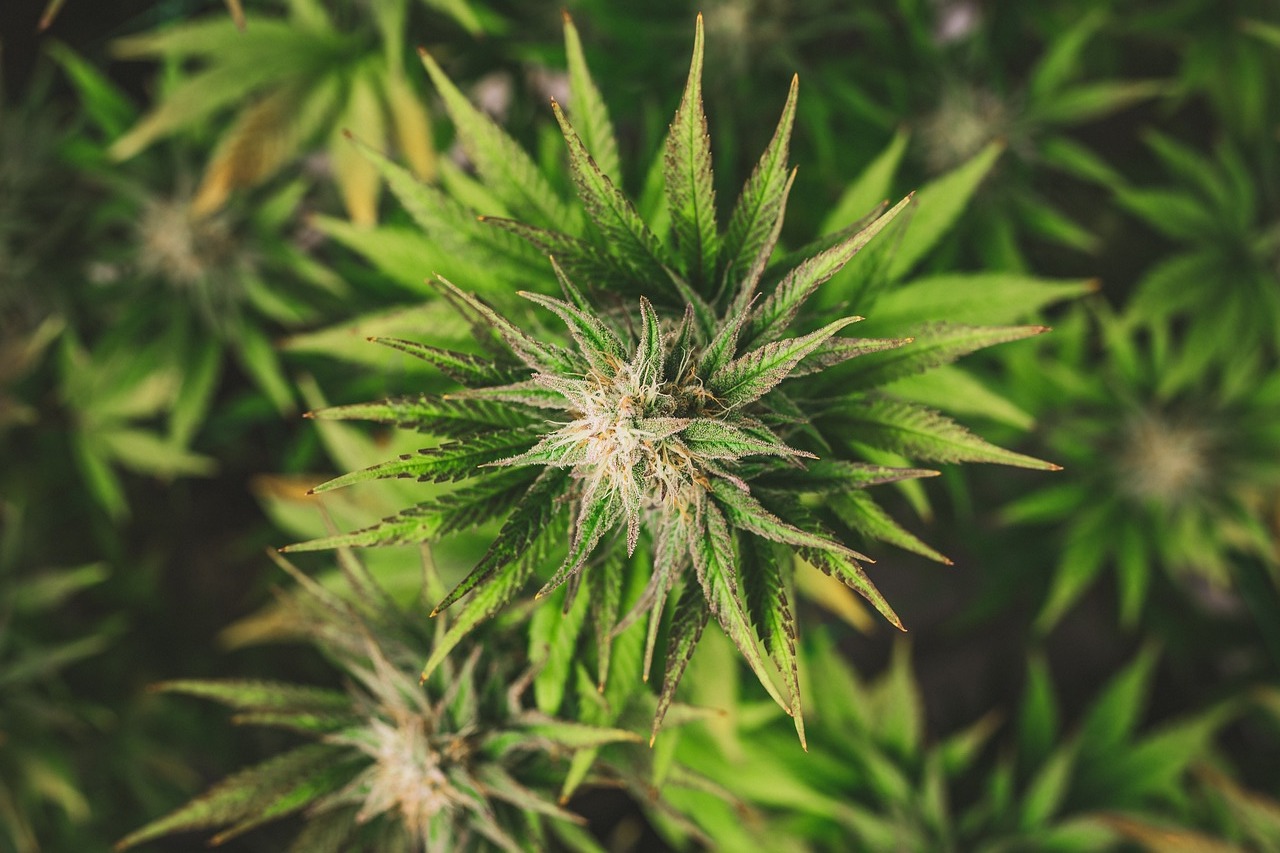
- Symptoms: Yellowing leaves, brown spots, stunted growth, curling leaves, and overall weak plants.
- Solution: Regularly monitor your plants for signs of deficiency. Provide a balanced nutrient mix designed for cannabis and adjust according to your plant’s specific needs.
Overwatering and Underwatering
Watering is a balancing act. Overwatering can suffocate roots and lead to root rot, while underwatering can cause the plant to wilt and stunt its growth.
- Symptoms of Overwatering: Drooping leaves, a soggy growing medium, yellowing leaves, and slow growth.
- Symptoms of Underwatering: Wilting plants, dry soil, and crispy leaves.
- Solution: Use the “finger test” to check moisture levels—insert your finger into the soil up to the first knuckle. If it’s dry, water your plants. If it’s wet, hold off. Ensure your pots have good drainage.
Light Burn and Light Stress
Cannabis plants need sufficient light to grow, but too much light can cause damage known as light burn.
- Symptoms: Leaves turn white or yellow, especially near the top of the plant where the light is most intense. The affected areas may become crispy or dry.
- Solution: Move your lights further away from the plants and monitor the canopy closely. Always follow the manufacturer’s recommendations for light distance.
Heat Stress
Cannabis plants are sensitive to high temperatures, which can cause a range of problems including reduced growth and bud quality.
- Symptoms: Leaves curl upward, showing signs of heat stress. The plant may also appear droopy and wilted despite adequate watering.
- Solution: Maintain optimal temperatures in your grow space. For most strains, the ideal temperature range is 70-85°F (21-29°C) during the vegetative stage and slightly cooler during flowering. Use fans or air conditioning to keep temperatures stable.
pH Imbalances
Cannabis plants require the correct pH levels in their growing medium to absorb nutrients effectively. The ideal pH range is typically between 6.0-7.0 in soil and 5.5-6.5 for hydroponic systems.
- Symptoms: Nutrient lockout, yellowing or browning leaves, and poor growth despite proper feeding.
- Solution: Use pH meters and adjust the pH of your water and nutrient solution to fall within the ideal range for your medium. pH adjusters such as pH Up or pH Down are commonly used for this.
Root Problems
Healthy roots are the foundation of a strong plant. Root rot and other root issues can severely compromise your plant’s health.
- Symptoms: Wilting, yellowing, stunted growth, and foul-smelling roots.
- Solution: Ensure proper drainage in your pots and avoid overwatering. In hydroponic systems, keep the water well-aerated and maintain a clean environment. Use beneficial bacteria or fungi, such as mycorrhizae, to promote healthy root development.
Identifying and Fixing Nutrient Deficiencies
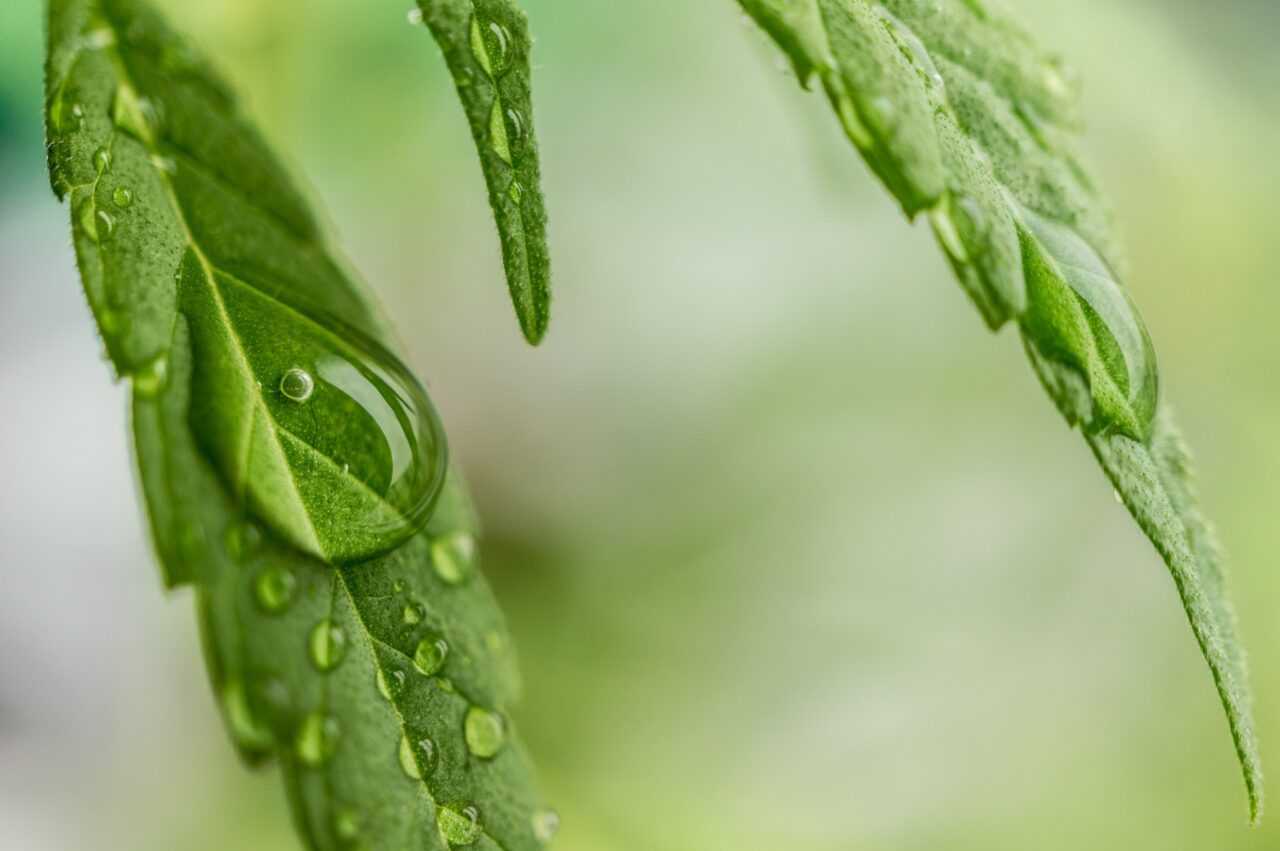
Nutrient deficiencies are often identified by specific symptoms in the leaves and overall plant appearance. Let’s explore the most common deficiencies and how to address them.
Nitrogen Deficiency
Nitrogen is essential for plant growth, especially during the vegetative stage.
- Symptoms: Older leaves turn yellow and fall off, while new growth may be pale or stunted.
- Solution: Provide a nitrogen-rich fertilizer and ensure your pH levels are correct for nutrient absorption.
Phosphorus Deficiency
Phosphorus is crucial for root development and bud production, particularly during flowering.
- Symptoms: Darkening of leaves with purple or red hues, slow growth, and poor bud development.
- Solution: Increase phosphorus levels by using a flowering fertilizer high in phosphorus, and ensure the pH is within the appropriate range.
Potassium Deficiency
Potassium helps regulate plant metabolism and is important for overall health and bud development.
- Symptoms: Brown spots on leaves, yellowing leaf edges, and weak stems.
- Solution: Use a potassium-rich fertilizer and monitor pH levels to ensure proper absorption.
Calcium Deficiency
Calcium helps strengthen cell walls and is critical for healthy root and leaf development.
- Symptoms: Brown spots on leaves, crinkling or curling leaves, and slow growth.
- Solution: Add calcium to your feeding schedule using supplements like calcium nitrate or cal-mag products.
Magnesium Deficiency
Magnesium is necessary for photosynthesis and chlorophyll production.
- Symptoms: Yellowing between the leaf veins, while the veins remain green. Older leaves are typically affected first.
- Solution: Supplement with magnesium using Epsom salts or cal-mag products, and check pH levels.
Iron Deficiency
Iron is essential for chlorophyll production and overall plant vitality.
- Symptoms: New leaves appear yellow with green veins, while older leaves remain unaffected.
- Solution: Apply an iron chelate or other iron-rich fertilizer, and ensure the pH level is within the optimal range for iron absorption.
Environmental Issues and Their Solutions
Maintaining the right environment is critical for cannabis growth. Problems like improper temperatures, humidity, and airflow can significantly impact your plants.
Temperature and Humidity Control
Temperature and humidity levels must be carefully managed to prevent issues like mold, mildew, or heat stress.
- Solution: Use thermometers and hygrometers to monitor your grow space. Ideal humidity levels range from 60-70% during the seedling stage, 40-60% during vegetative growth, and 30-50% during flowering. Keep temperatures stable and ensure the growing area is well-ventilated.
Ventilation and Airflow
Good airflow is essential for healthy plants. Poor ventilation can lead to stagnant air, mold growth, and weak plants.
- Solution: Use fans to circulate air in your grow space, and ensure there is a consistent exchange of fresh air by using intake and exhaust systems. Proper ventilation helps prevent mold, mildew, and pest infestations.
Light Management
Lighting is crucial for cannabis plants, but improper light management can lead to stunted growth or light stress.
- Solution: Use appropriate grow lights for your setup and follow manufacturer guidelines on distance and intensity. During the vegetative stage, cannabis typically requires 18-24 hours of light per day, while the flowering stage requires 12 hours of light and 12 hours of uninterrupted darkness.
Pest and Disease Control
Pests and diseases are common challenges for cannabis growers. Identifying infestations early and taking action quickly can save your plants from severe damage.
Spider Mites
Spider mites are tiny pests that can cause significant damage to cannabis plants.
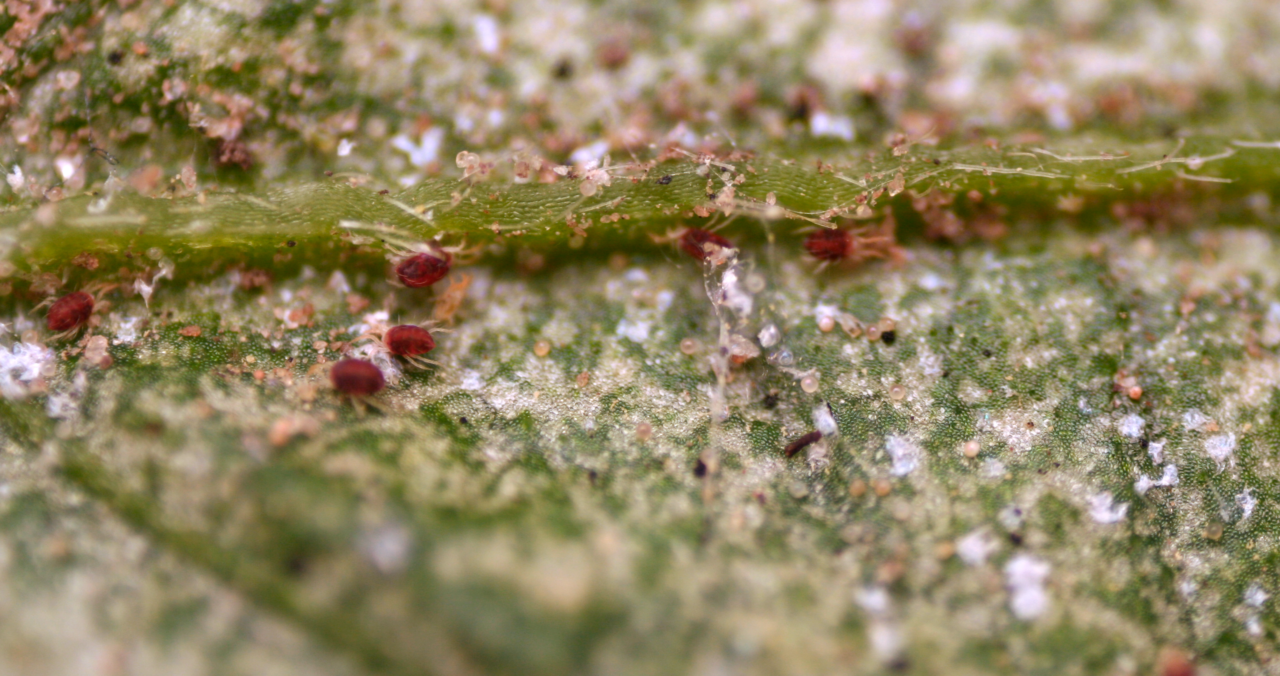
- Symptoms: Yellowing or white specks on leaves, webbing on the underside of leaves, and stunted growth.
- Solution: Use insecticidal soap, neem oil, or predatory insects like ladybugs to control spider mites. Ensure good airflow and avoid overwatering, which can encourage pests.
Aphids
Aphids feed on plant sap and can weaken plants over time.
- Symptoms: Yellowing leaves, sticky residue (honeydew) on plants, and distorted growth.
- Solution: Use neem oil, insecticidal soap, or natural predators like lacewings or ladybugs. Aphids can also be removed manually by spraying the plant with water.
Fungus Gnats
Fungus gnats are small flies that lay eggs in the soil, and their larvae feed on plant roots.
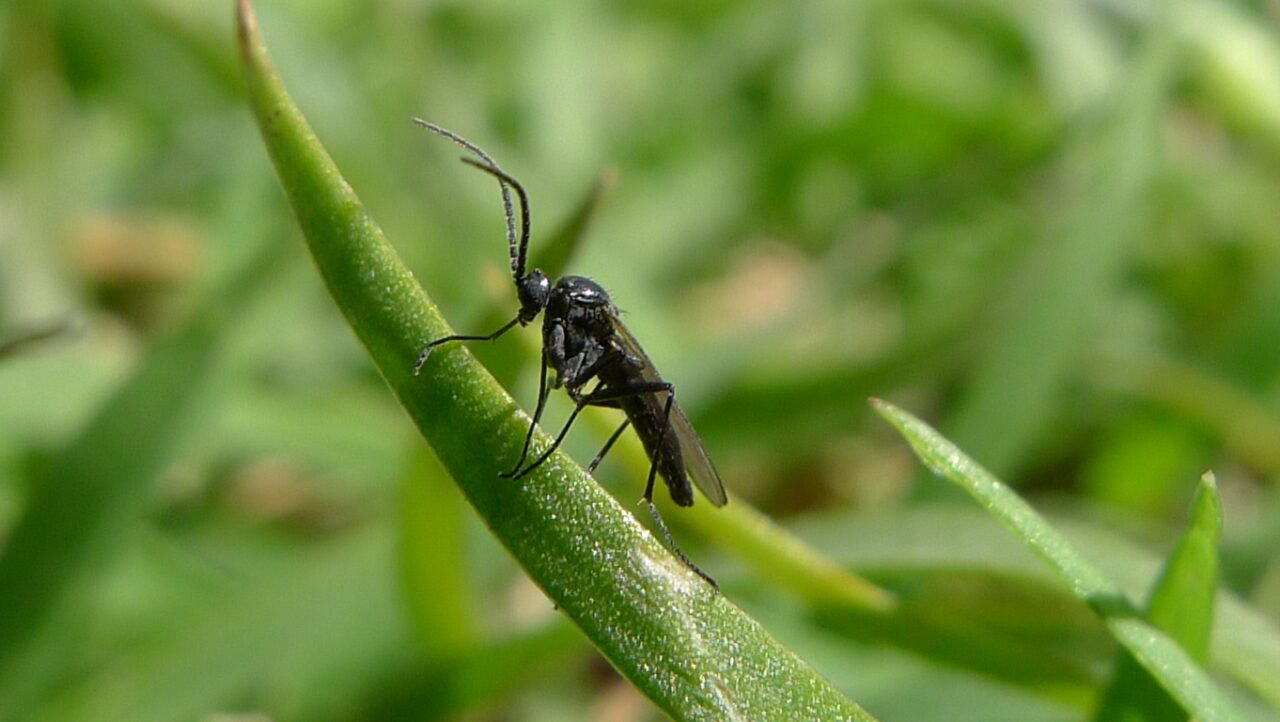
- Symptoms: Yellowing leaves, poor growth, and small flies around the base of the plants.
- Solution: Allow the soil to dry out between waterings to kill larvae. Use sticky traps to catch adult gnats, and consider adding beneficial nematodes to the soil to combat larvae.
Powdery Mildew
Powdery mildew is a fungal disease that appears as white, powdery spots on leaves and stems.
- Symptoms: White or gray powdery spots on the upper surface of leaves, stunted growth, and distorted leaves.
- Solution: Increase airflow, reduce humidity, and remove affected leaves. Use a sulfur-based fungicide or neem oil to treat the mildew.
Bud Rot (Botrytis)
Bud rot is a devastating mold that can destroy buds from the inside out.
- Symptoms: Grayish mold inside buds, discoloration, and browning of flowers.
- Solution: Remove infected buds immediately to prevent the spread of the disease. Improve airflow and reduce humidity levels in your grow space. Be extra vigilant during the flowering stage when plants are most susceptible to bud rot.
Understanding and Fixing Cannabis Plant Stress
Stress affects how cannabis plants grow and produce buds. Learning to recognize and address different types of plant stress is essential for a successful grow.
Transplant Shock
Transplanting cannabis plants can sometimes cause stress, resulting in wilting or slowed growth.
- Solution: Be gentle when transplanting and ensure that the plant’s roots are handled carefully. Water the plant immediately after transplanting and avoid over-fertilizing during the first week.
Light Stress
Plants can become stressed from too much or too little light. Too much light can cause light burn, while too little can result in stretching and weak growth.
- Solution: Adjust the distance between the lights and the plants. Make sure that the plants receive the proper light intensity and spectrum for their stage of growth.
Nutrient Burn
Nutrient burn occurs when plants are given too many nutrients, which can overwhelm them and cause damage.
- Symptoms: Brown tips on leaves, yellowing, and stunted growth.
- Solution: Flush the growing medium with clean, pH-balanced water to remove excess nutrients. Reduce the concentration of nutrients in future feedings.
Pruning and Training Stress
High-stress training methods like topping, fimming, or supercropping can stress plants, especially if performed too aggressively or during the wrong growth stage.
- Solution: Allow plants time to recover between training sessions. Perform training during the vegetative stage to minimize the impact on flowering. Monitor plants for signs of stress and adjust your techniques accordingly.
Solving Common Growing Medium Issues
Different growing mediums come with their own sets of challenges. Here’s how to troubleshoot common problems with soil, hydroponics, and coco coir.
Soil
- Problem: Soil Compaction
- Solution: Ensure proper aeration by mixing perlite or vermiculite into the soil. Avoid overwatering, which can lead to compaction and poor drainage.
- Problem: Nutrient Lockout
- Solution: Flush the soil with pH-balanced water to remove built-up salts and reset nutrient levels.
Hydroponics
- Problem: Algae Growth
- Solution: Cover nutrient reservoirs to block light, and use hydrogen peroxide or beneficial microbes to prevent algae growth.
- Problem: Root Rot
- Solution: Ensure that water is well-aerated using air stones or oxygen pumps. Keep water temperatures between 65-70°F (18-21°C) to prevent the development of pathogens.
Coco Coir
- Problem: Calcium and Magnesium Deficiencies
- Solution: Use cal-mag supplements regularly, as cococoir tends to bind calcium and magnesium, making it less available to plants.
- Problem: Salt Build-Up
- Solution: Flush the coco coir medium with clean, pH-balanced water regularly to remove excess salts and prevent nutrient lockout.
Harvest-Time Troubleshooting
Even at the end of your grow, issues can arise that affect the quality of your cannabis harvest. Here’s how to troubleshoot problems related to harvesting, drying, and curing.
Identifying Overripe and Underripe Buds
Harvest timing is critical to maximize potency and flavor.
- Overripe Buds: The trichomes (tiny resin glands on buds) will appear amber or brown, and the buds may become overripe, losing potency and flavor.
- Underripe Buds: Trichomes will still be clear, and the buds may be less potent and not fully developed.
- Solution: Use a magnifying glass or jeweller’s loupe to monitor trichome color. Harvest when most trichomes are cloudy with some turning amber for the best potency and flavor.
Drying and Curing Mistakes
Improper drying and curing can lead to a harsh smoke and poor-quality buds.
- Drying Too Quickly: Drying buds too fast can trap chlorophyll and other harsh compounds inside the buds.
- Solution: Dry your buds slowly over 7-10 days in a dark, cool room with humidity levels around 55-65%.
- Curing Too Little: Insufficient curing can lead to harsh smoke and reduced potency.
- Solution: Cure buds in airtight jars for 2-4 weeks, burping the jars daily during the first week to release moisture and allow fresh air inside.
Preventative Measures for Healthy Cannabis Growth
Prevention is always better than cure. By taking a proactive approach, you can avoid many common cannabis growing problems before they become serious issues.
- Use Quality Seeds and Clones: Start with healthy, vigorous genetics to reduce the chances of encountering growing problems.
- Monitor pH Regularly: Regularly check the pH of your water, nutrients, and growing medium to prevent nutrient lockout and imbalances.
- Create a Stable Environment: Maintain consistent temperature, humidity, and light levels to prevent stress and pest infestations.
- Inspect Plants Daily: Check your plants daily for signs of pests, diseases, or deficiencies. Early detection is key to preventing problems from escalating.
- Sterilize Equipment: Keep your growing tools and equipment clean to prevent the spread of diseases and pests.
- Rotate Crops: If you’re growing multiple cycles, practice crop rotation to reduce the risk of soil-borne diseases and nutrient depletion.
Successful Troubleshooting and Proactive Solutions
Growing cannabis is a rewarding endeavour, but it requires constant attention to detail. Problems will inevitably arise, but with the right knowledge and tools, you can troubleshoot and resolve them effectively. By understanding the signs of common issues—whether it’s nutrient deficiencies, environmental stress, pests, or diseases—you can take action quickly to protect your plants and achieve the best possible harvest.
Remember that prevention is always your first line of defence. Creating a stable, well-maintained grow environment, monitoring your plants closely, and providing proper nutrition will minimize the chances of encountering major problems. As you gain experience, you’ll become more adept at identifying and solving issues before they impact your cannabis crop.
Happy growing!

Mike Titan, the founder of Titan Seeds, is a seasoned cannabis cultivator and the mastermind behind the comprehensive grow guide available on the Titan Seeds website.



